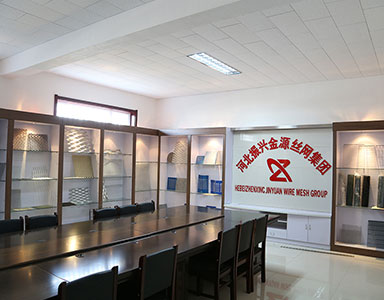The Versatility of Steel Perforated Metal
Steel perforated metal is a material that has gained immense popularity in various industries due to its unique combination of durability, lightweight properties, and aesthetic appeal. With a wide range of applications, from architectural facades to industrial filters, this versatile material continues to make significant contributions to modern design and functionality.
What is Steel Perforated Metal?
Steel perforated metal is essentially a sheet of metal with a series of holes drilled or stamped into it, making it highly versatile for numerous applications. The perforation patterns can vary in size, shape, and spacing, allowing designers and engineers to customize the material for specific uses. Whether the requirement is for air circulation, aesthetic appeal, or structural integrity, steel perforated metal can meet the demands.
Applications in Architecture and Design
One of the most prominent uses of steel perforated metal is in architecture and design. It can be used for facades, sunshades, and canopies, providing both functional and aesthetic benefits. Architects favor perforated metal for its ability to filter light while maintaining visibility. This creates a dynamic play of light and shadow, enhancing the visual appeal of a building.
Moreover, its lightweight nature allows for ease of installation, making it an ideal choice for modern architectural projects. Additionally, steel perforated metal can be treated with various coatings, allowing for color versatility and further enhancing its aesthetic qualities. These attributes make it a favored choice for contemporary designs in both commercial and residential buildings.
Industrial Applications
steel perforated metal

Beyond aesthetic uses, steel perforated metal plays a critical role in industrial applications. It is widely used in manufacturing and processing environments for sieving, filtering, and separating materials. The precision and durability of perforated metal ensure efficiency in various industrial processes, including air and liquid filtration systems, sound attenuation panels, and protective screens.
Moreover, its strength makes it suitable for heavy-duty environments. For instance, perforated metal grilles are often installed in factories and warehouses, providing both safety and drainage solutions. The open design allows for adequate airflow and moisture management, reducing the risk of corroding materials or machinery.
Sustainability Benefits
In an era where sustainability is a significant concern, steel perforated metal stands out as an environmentally friendly choice. Steel is 100% recyclable, meaning it can be repurposed without loss of quality. This makes it a sustainable option for various applications, reducing the overall carbon footprint of a project.
Further, the use of perforated metal can contribute to energy efficiency. In architectural applications, the material can help regulate temperature by reducing heat gain while allowing natural ventilation. This not only improves indoor comfort but can also lower energy consumption related to heating and cooling, contributing to a greener building design.
Conclusion
In conclusion, steel perforated metal is a remarkable material that combines functionality with elegance. Its versatility allows it to be utilized in a myriad of applications across different industries, making it an invaluable asset in modern design and engineering. As sustainability becomes increasingly critical, the benefits of using steel, particularly in its perforated form, are undeniable. Whether in architectural features enhancing a building's aesthetic or in industrial applications optimizing efficiency, steel perforated metal continues to make an impact, proving that practicality and beauty can coexist seamlessly.
-
Turn Down the Noise: The Future of Highway Sound Barriers
NewsApr.09,2025
-
Silence the Sound: The Power of Highway Noise Barriers
NewsApr.09,2025
-
Reduce Road Noise Effectively with Highway Noise Barriers
NewsApr.09,2025
-
Noise-Free Living: How Highway Barriers Make a Difference
NewsApr.09,2025
-
Engineered for Silence: Highway Noise Barriers for Every Road
NewsApr.09,2025
-
Effective Noise Control: Highway Barriers for a Quieter Tomorrow
NewsApr.09,2025
Subscribe now!
Stay up to date with the latest on Fry Steeland industry news.

